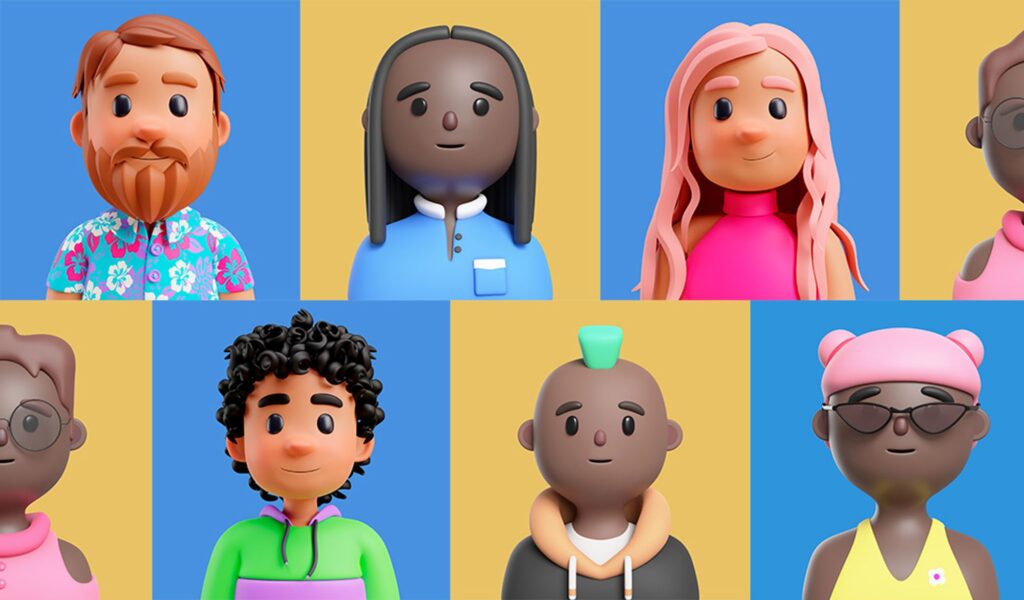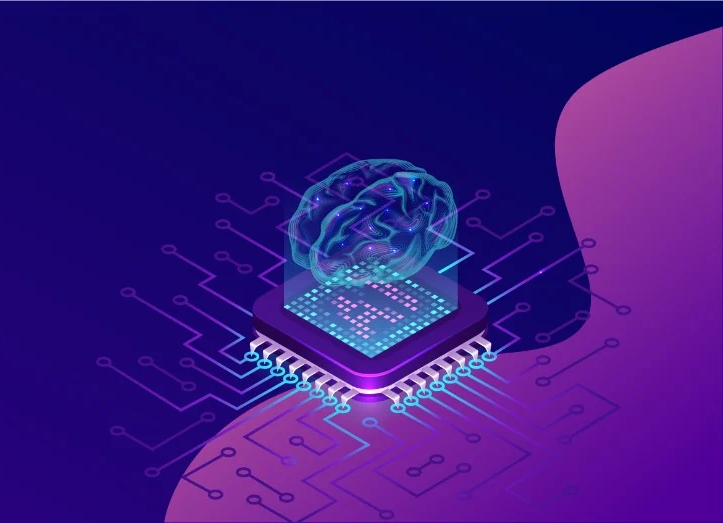
How Web 3.0 is Reshaping E-commerce

TL; DR: From tailor-made shopping journeys to tokenized loyalty programs, Web 3.0 offers businesses and online retailers a transformative shift in how they interact with customers in the digital world. Read on to explore the main features of the new web and dive into the key trends shaping the future of e-commerce.
E-commerce is undergoing exciting transformations, positioning itself for substantial growth with a projected revenue surge reaching an impressive $475.2 billion from 2024 to 2028. In this expansive scenario, where agility and strategic adaptation become imperative, the adoption of Web 3.0-related tech is set to provide companies with a competitive advantage.
As the new web redefines the internet as a decentralized, user-centric, and intelligent network, it’s clear that we’re heading into a new era. But what do we mean when we talk about the changes that will come with it? And, within our purview, what new opportunities will it open for businesses?
To gain a better understanding, this reading spotlights the innovative ways e-commerce is tapping into the power of Web 3.0 to provide groundbreaking experiences for customers. Along the way, we’ll delve into some amusing examples that have recently caught my attention.
Decoding Web 3.0
While the concept is still evolving, it’s already clear that the future of the internet is undergoing meaningful changes.
The most significant transformations in this shifting scenario are emerging from two pivotal domains: the ongoing evolution of blockchain technologies, fostering decentralization and promoting transparency, and advancements in AI, contributing to a more personalized and interactive online experience.
In this sense, the idea of a semantic web—one that grasps the meaning of data and uses it in more intelligent ways—is at the core of Web 3.0, opening new avenues for more intuitive and personalized online experiences.
Web 3.0 Is Reshaping E-commerce in Exciting Ways
Now that we’ve laid the groundwork, let’s delve further into how the influx of Web 3.0 is already reshaping e-commerce and take a look at the key trends impacting the future of retail.
Integrating Blockchain
Our first stop is blockchain integration. Advancements in this technology unlock the possibility of dealing with more secure and tamper-proof transactions, bringing transparency to digital shopping and increasing overall trust in e-commerce.
When applied to the supply chain, this tech offers many benefits, from improving logistics and product tracking to enhancing traceability. The decentralized and tamper-resistant features of blockchain also enable brands to certify product authenticity through methods like NFTs or unique identifiers.
From another perspective, its adoption introduces new payment methods. Studies show that businesses accepting digital assets like Bitcoin attract new customers and increase sales, reinforcing trust among customers in e-commerce companies and contributing to a more innovative and robust financial ecosystem within online retail.
Exploring the Metaverse
Web 3.0’s top-notch developments also unlock pathways for designing new and exciting e-commerce experiences. According to Roblox, more and more companies are moving beyond traditional retail websites into creating interactive destinations and virtual interactions within the metaverse.
Take Nike, for example—they’ve set up their own virtual world on Roblox: Nikeland. This immersive experience blends thrilling activities with a showroom showcasing their products in the metaverse. Staying at the forefront of innovation, the brand has also released digital versions of their most iconic sneakers as part of their first NFT collection on Swoosh, their Web3 marketplace platform.
Creating Digital-Only Products
As highlighted by Roblox’s research, with Gen Z dedicating more time to socializing, creating, and expressing themselves in immersive social spaces, the demand for digital fashion is on the rise.
Some experiences prove that brands are already responding to the growing demand for virtual items, offering original and exclusive alternatives to fashion and digital enthusiasts alike. A few years ago, Balenciaga created a clothing line for the wildly popular Fortnite game, inspired by authentic archival looks from the luxury fashion house.
To check out a recent example, in 2023, Forever 21 and Mattel collaborated on a digital capsule collection inspired by Barbie. They adopted a hybrid approach, offering physical items in selected F21 stores, on the mobile app, and on their website, while the AI-driven collection was accessible in their Roblox metaverse.
Customizing Shopping Journeys
Machine learning and advanced analytics grant businesses a better understanding of their customers’ needs. By gathering and analyzing user data, they can extract valuable insights to craft highly accurate recommendations and tailor content according to individual preferences. Retailers can now go beyond generic offerings, providing personalized experiences based on their clients’ interests, behaviors, or other relevant factors.
So, when it comes to creating made-to-measure experiences, AI empowers retailers with limitless potential. Pinterest’s acquisition of THE YES exemplifies this trend. This retail app and platform focused on fashion and clothing relies on artificial intelligence to curate a feed of fashion product recommendations based on each user’s style, brand preferences, size, and budget, providing customers with a unique and personalized shopping experience.
Assisting Customers in Meeting Their Needs
NLP developments are boosting retailers’ ability to craft even more tailored and interactive shopping experiences through the creation of chatbots and virtual assistants. These helpers connect with users in a natural and conversational manner, solving queries in the moment, offering tailor-made recommendations, and providing personalized assistance during the purchase process.
In this scenario, voice commerce, designed to work with assistants like Siri or Alexa, is also becoming hugely popular. Beyond proving useful in several stages of the customer journey and aiding buyers in making informed decisions, brands like Estée Lauder are leveraging this voice-enabled technology to improve accessibility.

Tailoring Loyalty Programs
Web 3.0 technologies for personalization also impact loyalty programs, adding a new dimension to customer engagement. Currently, NFTs, taking the form of digital collectibles or tokenized assets, are widely integrated into these programs, offering more tailored and rewarding incentives.
Among the companies carrying out these initiatives, GameStop stands out as a clear example. The gaming retailer has delved into the world of NFTs, rewarding their customers with collectibles and exclusive gaming assets as part of their loyalty program. By embracing NFTs, GameStop seeks to boost customer engagement while tapping into the growing trend of digital ownership within the gaming community.
Gear Up for the Future with Nearsure
So far, we’ve covered the trends that are in progress. But Web 3.0 will continue to open new avenues, further reshaping the dynamics of customer-business interactions.
As this leap represents a complex, dynamic, and multifaceted process in the making, keeping up with the latest trends and developments becomes crucial for understanding its evolving nature and leveraging its full potential.
To propel your business to new heights, you can always rely on Nearsure. We have a proven track record of creating innovative and tailor-made solutions to help our partners embrace the advancements brought by technologies like Web 3.0. Contact us and stay at the forefront of these transformations!




